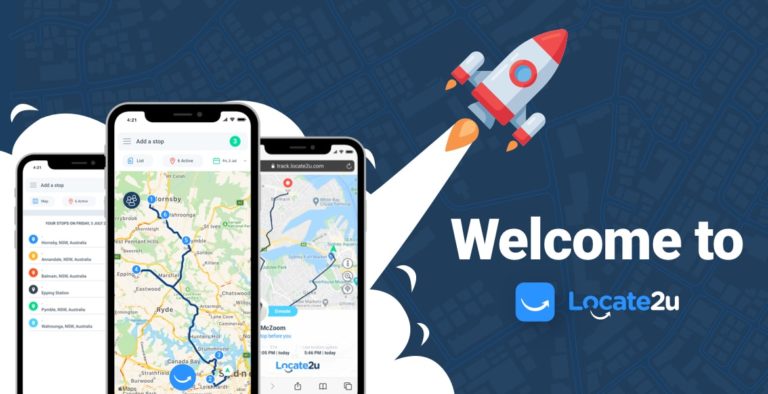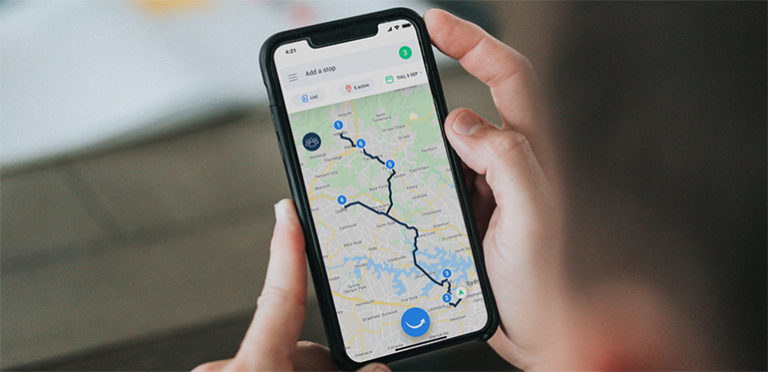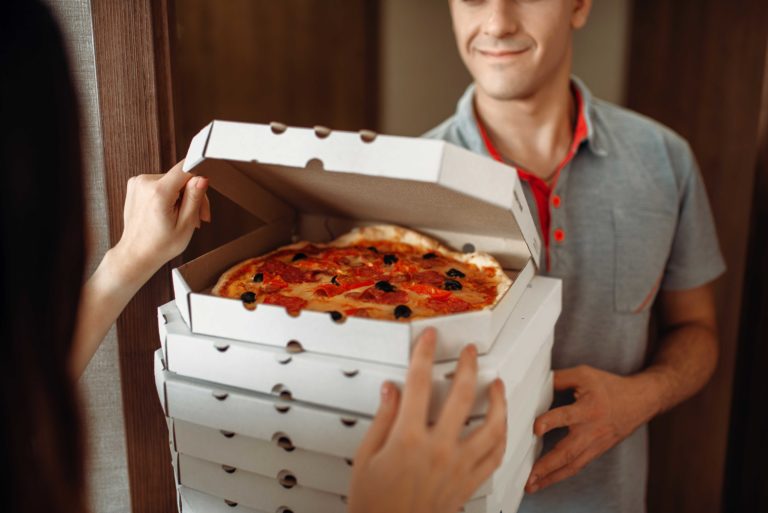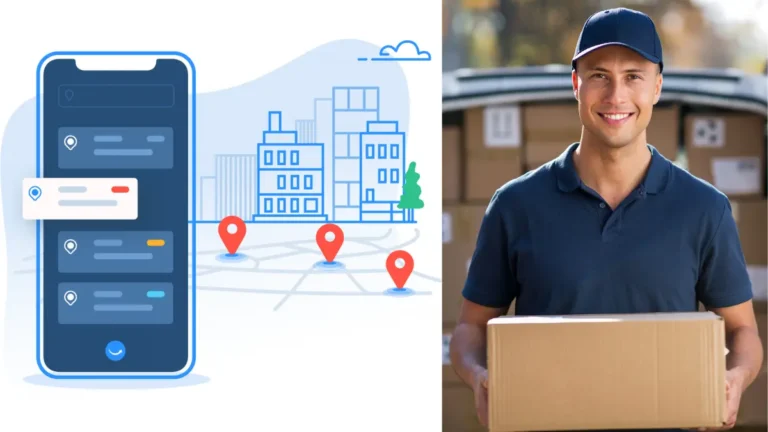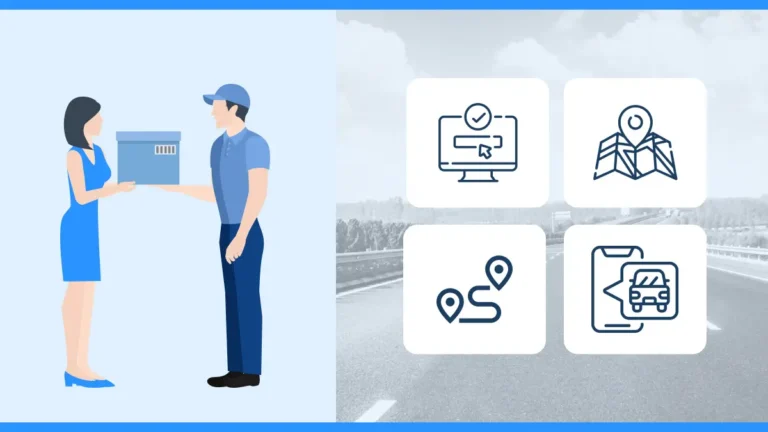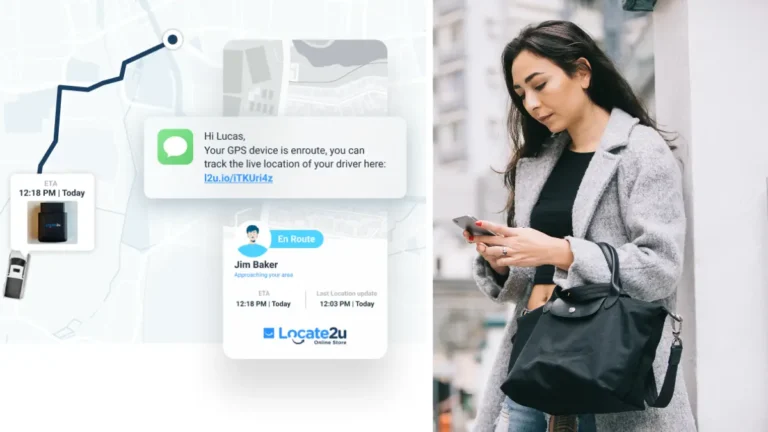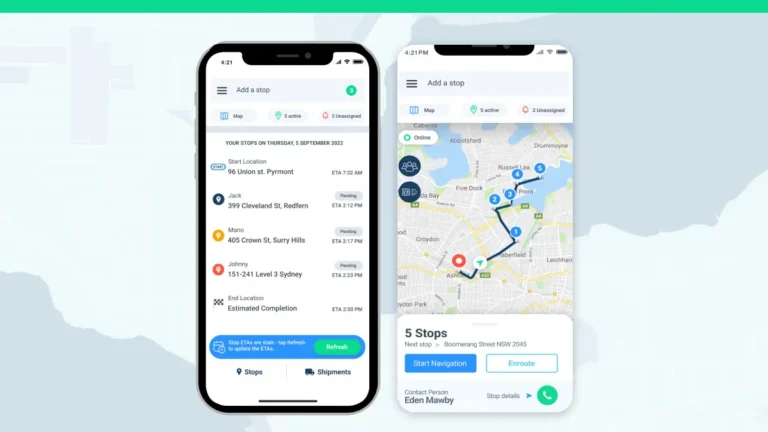The e-commerce landscape is changing rapidly, and small businesses as well as entrepreneurs must constantly evolve to stay on top. Locate2u News sat down with Glovo’s GM, Alex Jordanov, for a wide-ranging interview about how to stay in business, especially when pressure is coming from all corners.
Jordanov has over 17 years of experience in management consulting and delivery platforms. For eight years, he worked for the most prominent consulting business, Bain & Company, based in London.
Glovo is an ultra-fast Spain-based software company founded in 2014. It officially launched in 2015, around the same time as Getir, with an initial funding of € 100,000. In 2022, Delivery Hero acquired a majority stake in Glovo for $2.6 billion.
Where does quick commerce fit in post-COVID?
It’s “incredibly difficult” to strike a balance with speed and affordability; therefore, quick commerce is almost too hard to try. During the peak of the COVID-19 pandemic, quick-commerce businesses shot up like weeds but also died shortly after.
Many quick commerce startups raised significant amounts of money quickly to fill a specific need to have groceries delivered to your door within 10 minutes. Milkrun, Voly, and Send left the ultra-fast delivery scene as soon as it arrived. The models were based on the same concept; all three went after the same Australian market.
“The overall industry has shifted. Fast delivery, together with all the financing behind it, has really changed over the past year or so. You don’t see ultra-fast delivery times of 10 to 15 minutes, with some exceptions here and there in some markets like India, for example,” says Jordanov.
He acknowledges a mass exodus of these q-commerce companies in recent years. They struggled to find value propositions and economics that could work together.
Glovo’s competitive advantage
What is Glovo’s secret ingredient? Why is it still standing in the middle of the storm? Jordanov categorizes it into two types of players.
- Pure quick commerce players: “So these will be the ones, for example, like GoPuff, which would focus solely on providing that Q-commerce experience. They have their own dark stores or micro-fulfillment centers, and [they] deliver through them.”
- Multi quick commerce players: “Players like Glovo, who are ultimately food delivery and aggregation platforms, working with restaurants, but then on the back of it, they also would be covering the vertical of quick commerce and having their own micro-fulfillment centers and delivering to them.”
Jordanov attributes Glovo’s success to its strategy and strong leadership, spearheading the plans. “The CEO finds a better balance and [is] quicker versus some of the other companies to deliver a value proposition and then also balance out the economics.”
This way, operations, and deliveries are optimized easier. “If you have a huge restaurant delivery business running on the back of it, combined with quick commerce deliveries,” adds Jordanov.
The five-year plan for technology in last-mile delivery
There is a lot of buzz in the restaurant industry around last-mile delivery through technology. Jordanov has been working with several companies as part of his advisory work, asking about the latest technology-driven options.
“It is always seen as the ‘holy grail’ that will solve any business’s operational issues. Technology is in many ways just a tool, and if the core doesn’t work, technology is not really going to make that much of a difference.”
Jordanov says no company can survive by merely relying on technology; it’s fundamental that you do everything that is needed and use technology to “enhance it and push it forward.” He says: “If things are not done right [at the core], if the execution is suffering, technology is not fundamentally going to help you.”
He emphasizes that many businesses still need to refine their execution strategies. While technology and algorithms can assist in optimizing operations and commercials, the crucial advantage lies in the effective execution of employees.
What matters most to be successful, according to Jordanov:
- How good are you at forecasting your orders that are coming in day-to-day?
- How good are you at ramping up the number of couriers you need?
- How good are you at retaining your couriers and providing a decent experience?
But apart from these basic business strategies, technology is infiltrating businesses fast. Jordanov says many of these AI-driven menus, drone deliveries, and chatbot enhancements are simply “marketing gimmicks at the moment.”
America’s largest fast-food restaurant chain, Chick-fil-A, is testing new horizons with drone delivery. It’s only available at its E. Brandon/Valrico location and to customers within a 2km radius.
ALSO READ: Chick-fil-A is taking delivery to a new height with drones
Jordanov says if you consider deploying these technologies in urban areas where demand is highest, it could result in significant challenges. “Especially envisioning autonomous robots in large numbers. Regulatory approval, determining their specific locations, and addressing maintenance issues add significant complexities to scaling such initiatives.”
Speaking to analysts in the industry recently, Jordanov says they all see the technology development in the delivery industry as the first step in the right direction. “Some of them are a little bit more marketing gimmicky, but it’s probably going to take five years or so to see any meaningful progress to a slighter scale.”
How to get a “competitive edge”
You can have a great product, but if it doesn’t come through in the presentation, customers can easily overlook it. Jordanov shares some of the most critical aspects of infiltrating the big market and placing yourself out there, even if you have a small startup.
- Presentation: Great photos, great descriptions, and an understanding of the product’s weight. Is the salad 100 grams or 400 grams?
- Delivery: Get a ‘hook’ through offers so people will try you out first. “We’ve seen a significant uptake and lift-off for some of these smaller restaurants. A lot of the time, they might actually have even better prices than some of the bigger counterparts.”
- Sales: Algorithms play a considerable role. “After the first x number of orders, [some of these food ordering platforms’] algorithms actually learn which product [brings in] high customer satisfaction, high conversion rates. They end up pushing it higher and higher in the rankings, pretty much how Google works.”
Jordanov believes that even small business owners can leverage these three simple tactics for “huge success” on these food ordering platforms.
About the author
Mia is a multi-award-winning journalist. She has more than 14 years of experience in mainstream media. She's covered many historic moments that happened in Africa and internationally. She has a strong focus on human interest stories, to bring her readers and viewers closer to the topics at hand.




